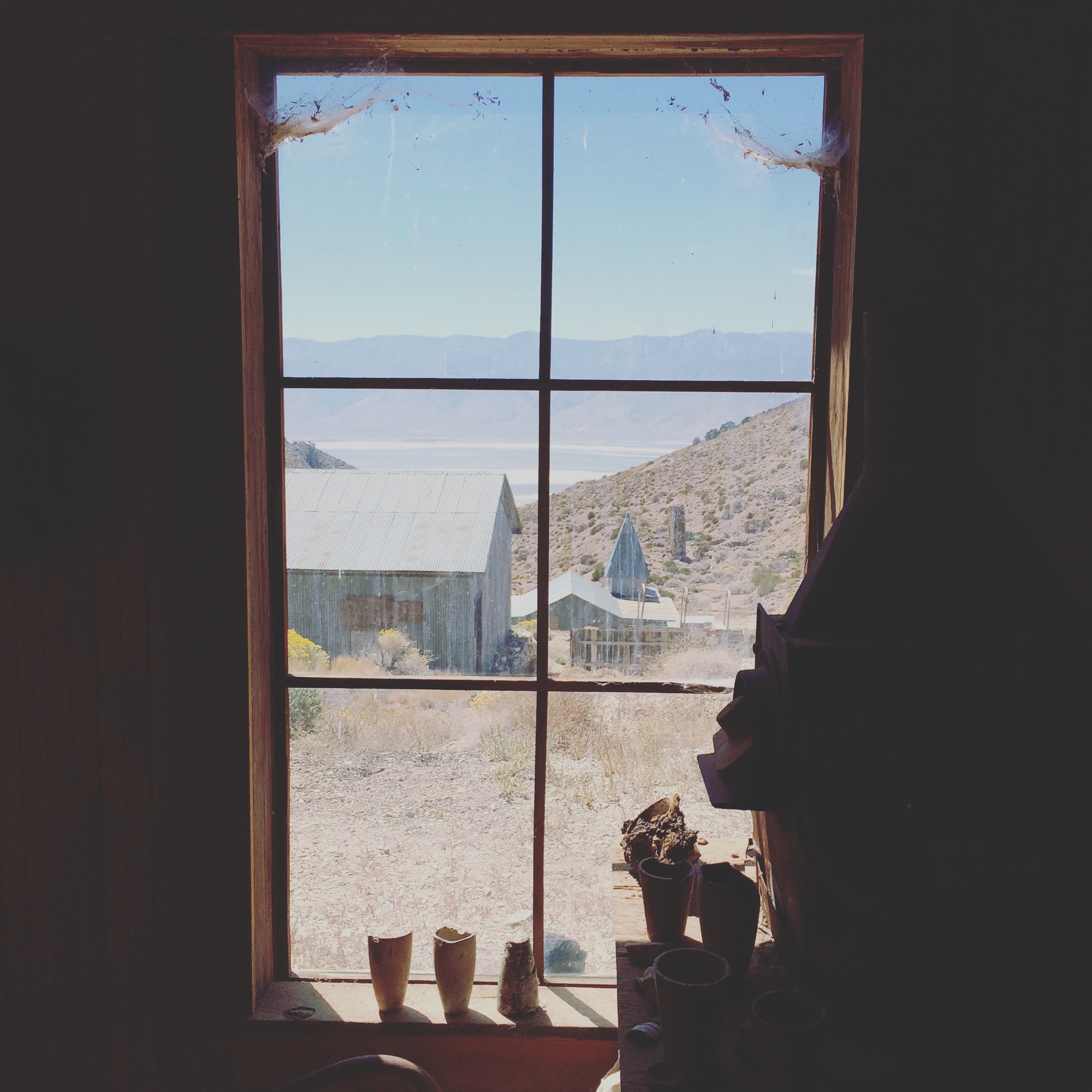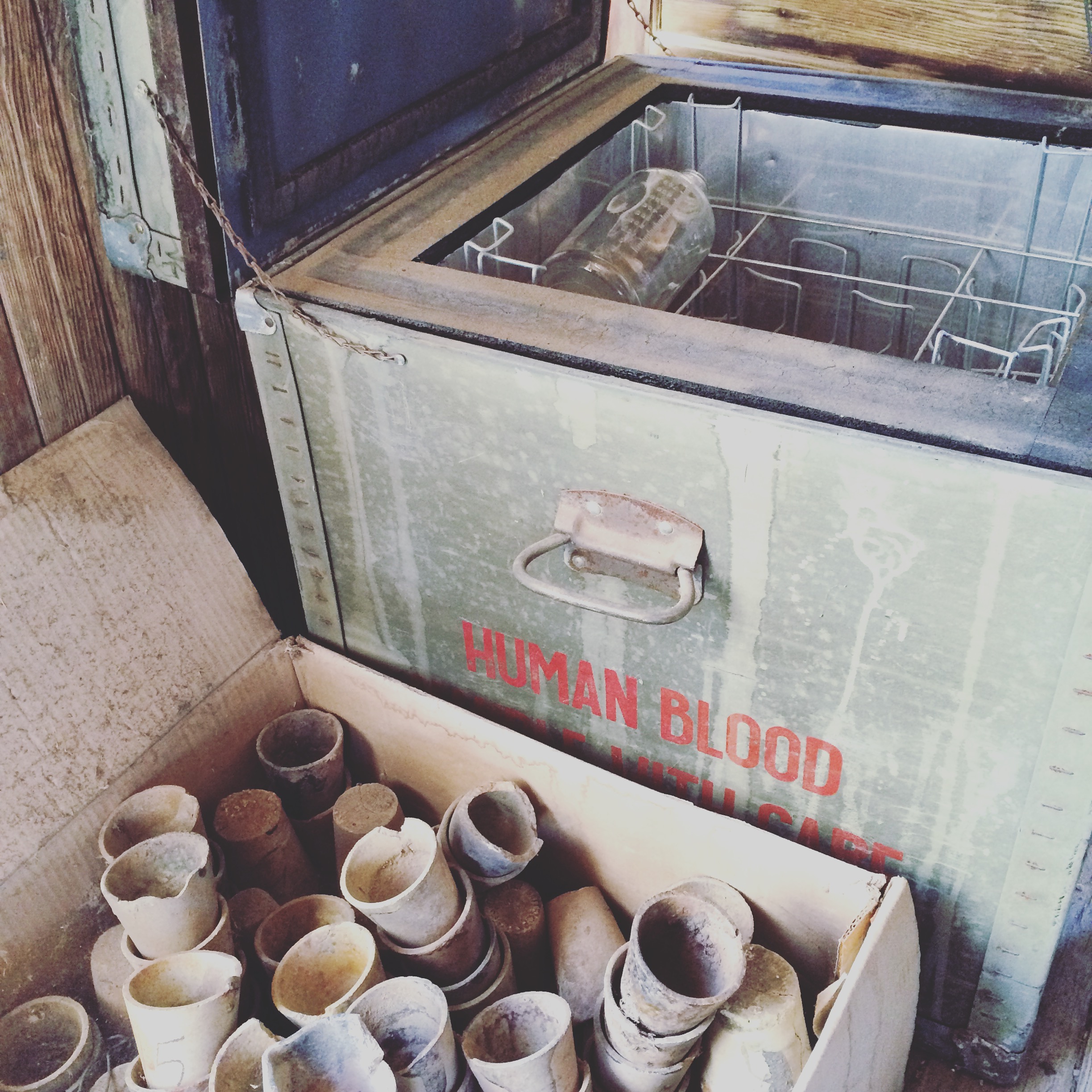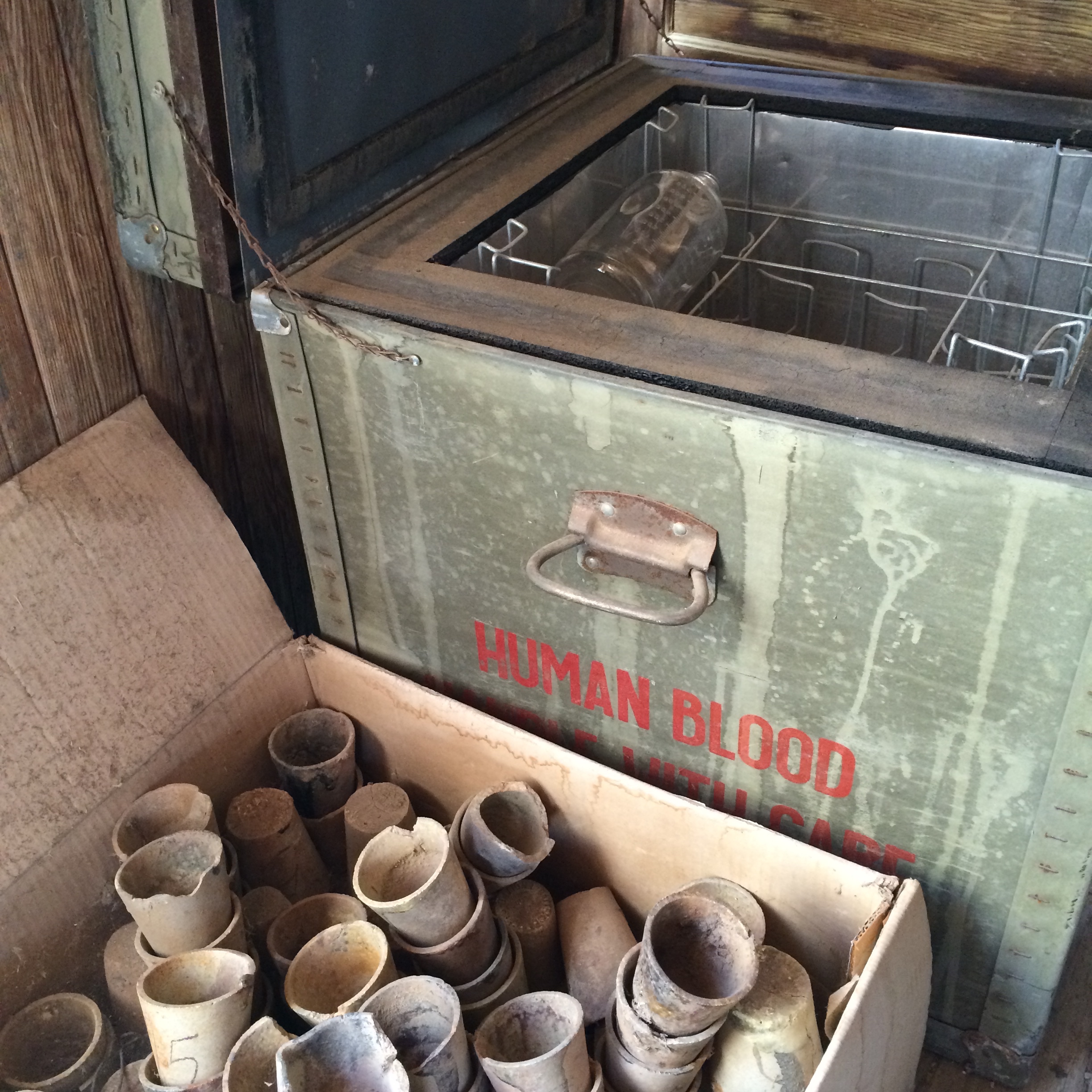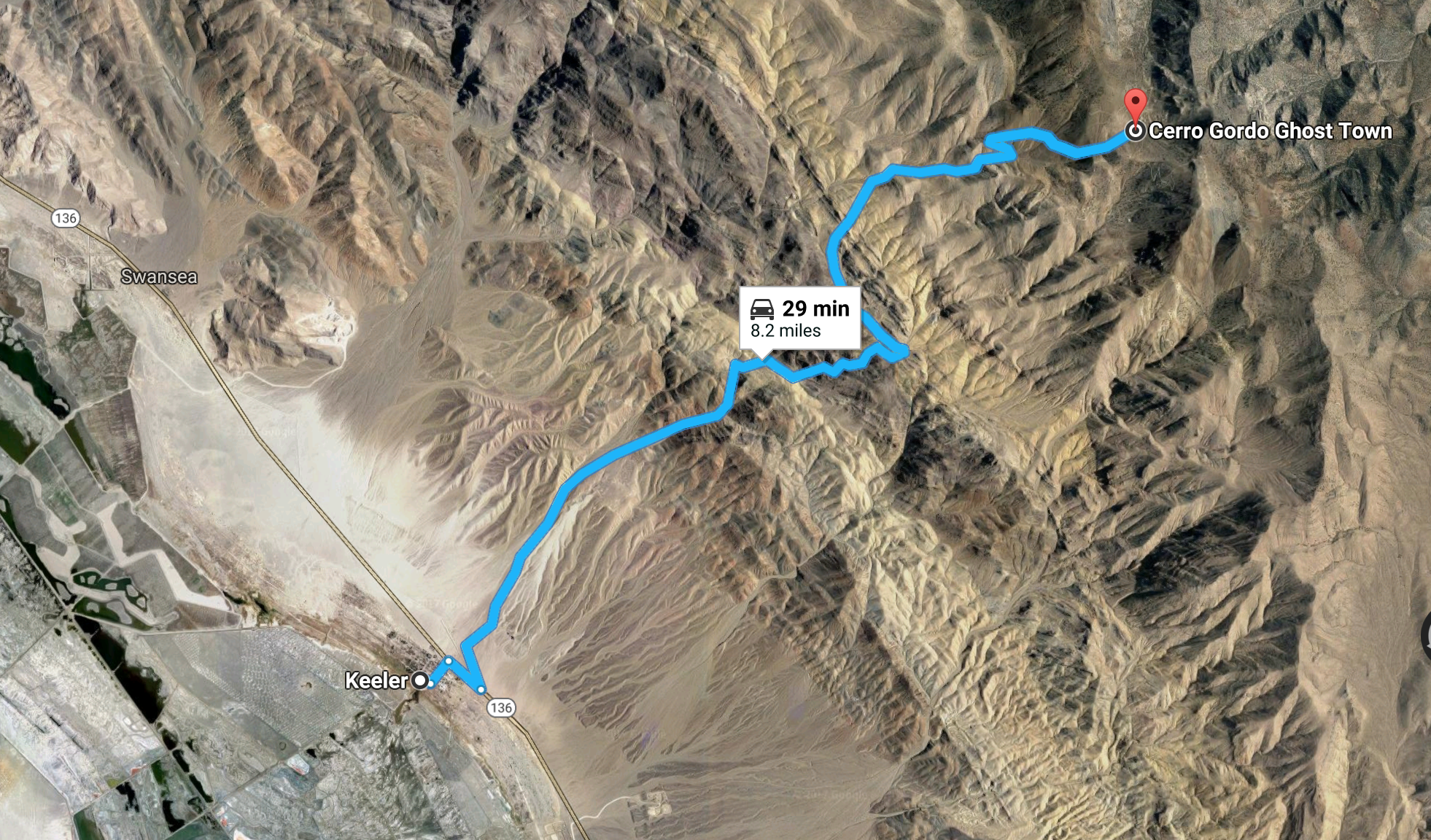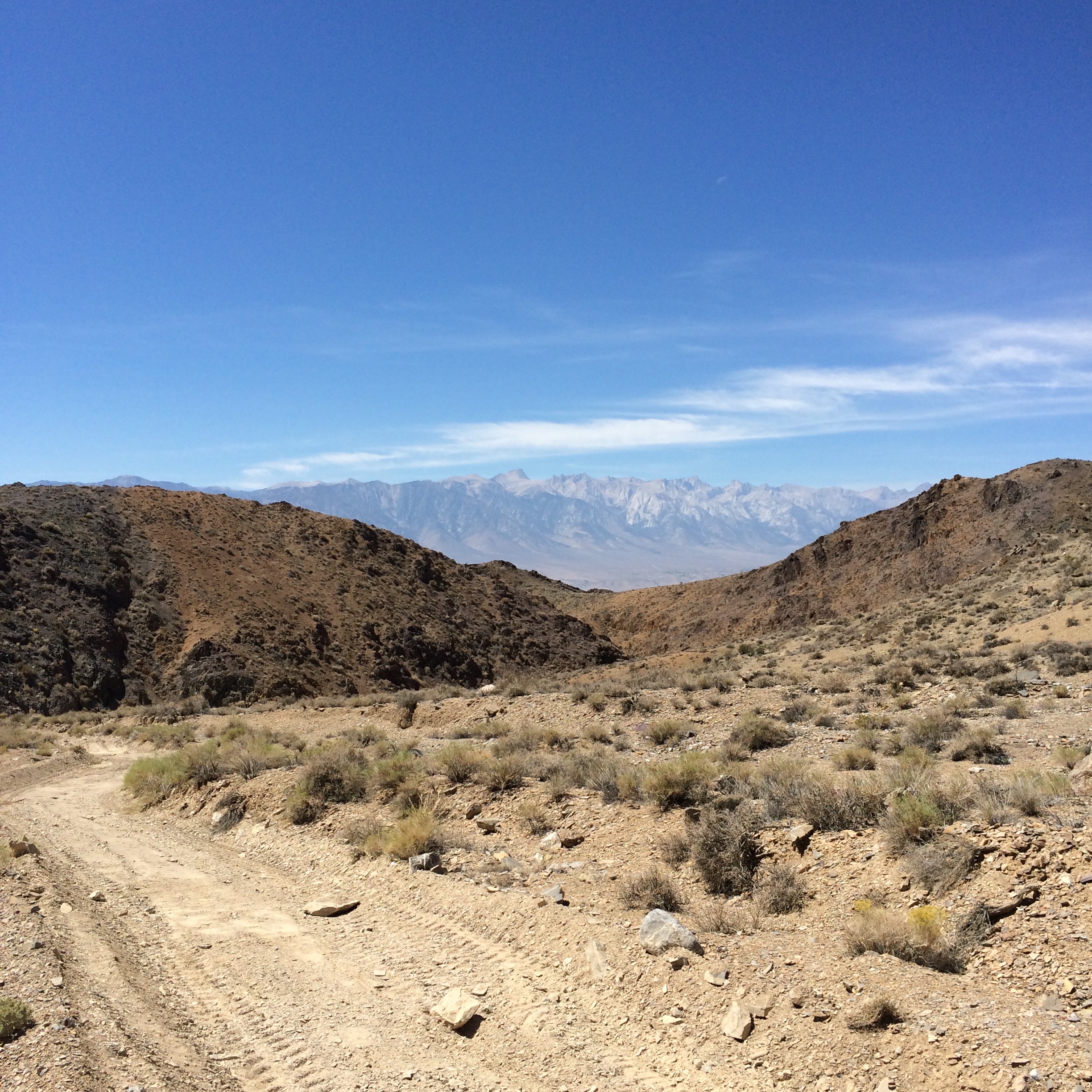 You definitely should visit this hidden ghost town if you happen to be in Keeler, as this is one of the most authentic mining ghost towns you can find now.
You definitely should visit this hidden ghost town if you happen to be in Keeler, as this is one of the most authentic mining ghost towns you can find now.
It is rather distant, so not many people get here. I visited this town in 2015 on Memorial Day weekend and back then there was no need to book the tour in advance. But now the rules changed and you need to visit town’s website to abotain the permission - cerrogordomines.com. Cerro Gordo is privately owned and currently a ghost town and tourist attraction. It still has several buildings including the general store and the American Hotel, several residential buildings and mine buildings.
Cerro Gordo is 8500ft above the sea level, so you should better have a car that can survive the steep dirty road. There are about 8 miles of dirt road before you see the town.

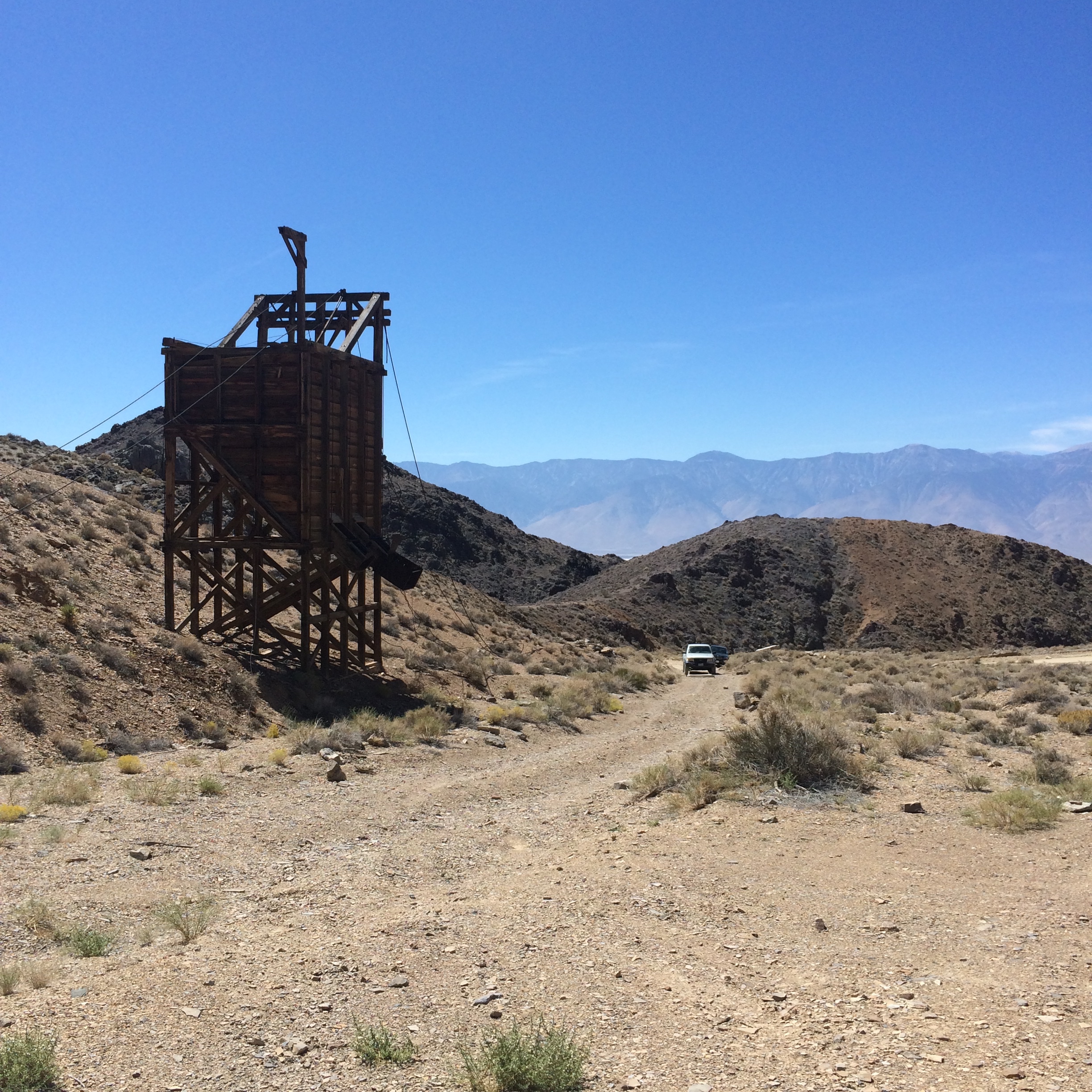
History of the town
Cerro Gordo, on the western slope of the Inyo Mountains about seven miles east of Keeler and thirty miles south of Independence, was the first major silver strike in Owens Valley. The original discovery of rich veins of silver was made by a man named Pablo Flores who began mining and smelting operations near the summit of Buena Vista Peak in 1865. In April, 1866, the mine was included in the Lone Pine Mining District organized in April, 1866. By 1867, tales of the silver at Cerro Gordo had spread, bringing in flocks of new prospectors(1).
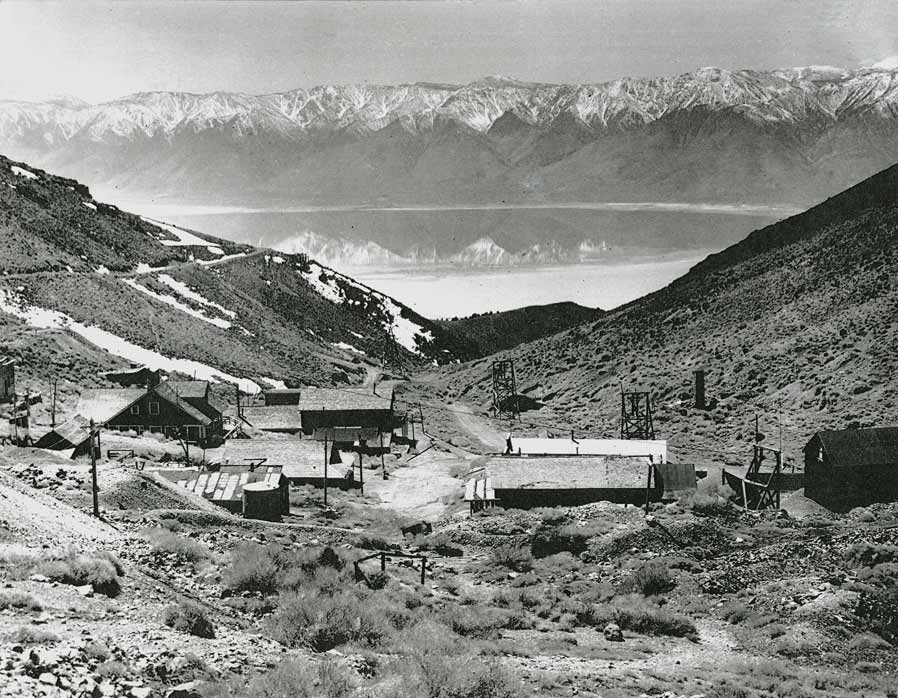
Cerro Gordo in it’s good days (3)
By 1869, Americans had taken over the property and ultimately turned it into the largest producer of silver and lead in California, yielding ores that assayed at least as high as $300 per ton. In the early 1870’s, two smelters were erected at Cerro Gordo and one on Owens Lake near the rival town of Swansea. Contributing to Cerro Gordo’s commercial success was the fact that the area was excellent for smelting works – water and wood were abundant, good fire-clay was available, and because of the wide variety of ores in the district, necessary fluxes were obtainable. Productive mines of the area were the historic Union Mine, and the later Cerro Gordo, Cerro Gordo Extension, Estelle, Silver Reef, and Santa Rosa mines. (1)
In 1875, Cerro Gordo suffered a series of setbacks, forcing the shutdown of its furnaces. These problems resulted from a scarcity of ore in the mine, which had lasted for several months, and the temporary drying up of its water supply. Making matters worse in the slowdown of production was litigation that was initiated in 1870 over ownership of the Union mine(2).
By 1920, about ten men were still employed by the Cerro Gordo mines company and silver-lead ore was being shipped. A few years later, in 1924, silver-lead ore on the old dumps was worked by concentration and flotation after five concentrators were installed in the Keeler mill. Gross production of the Cerro Gordo camp from its early profitable years up until 1938 was about $17 million(1).
Cerro Gordo today (2015)
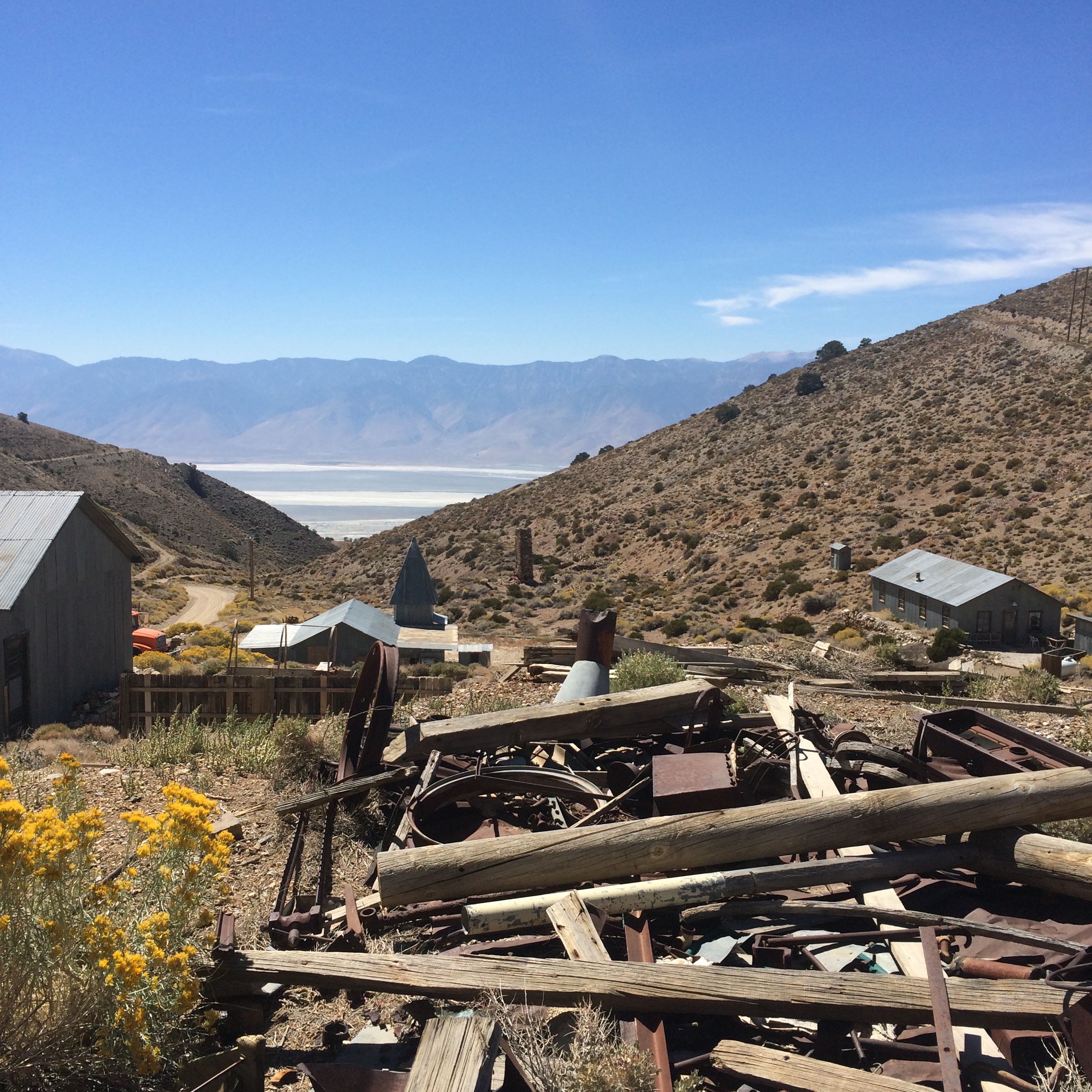
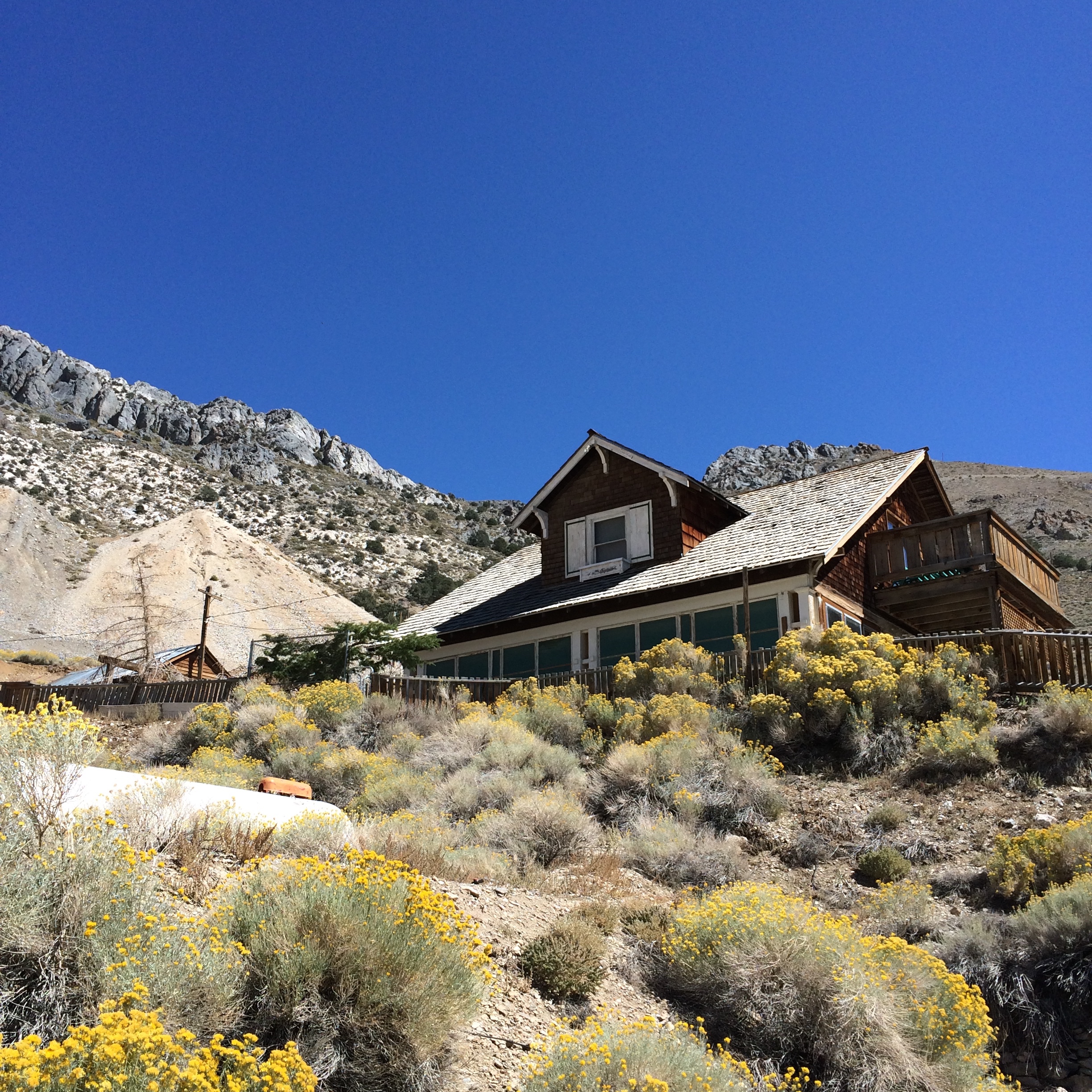
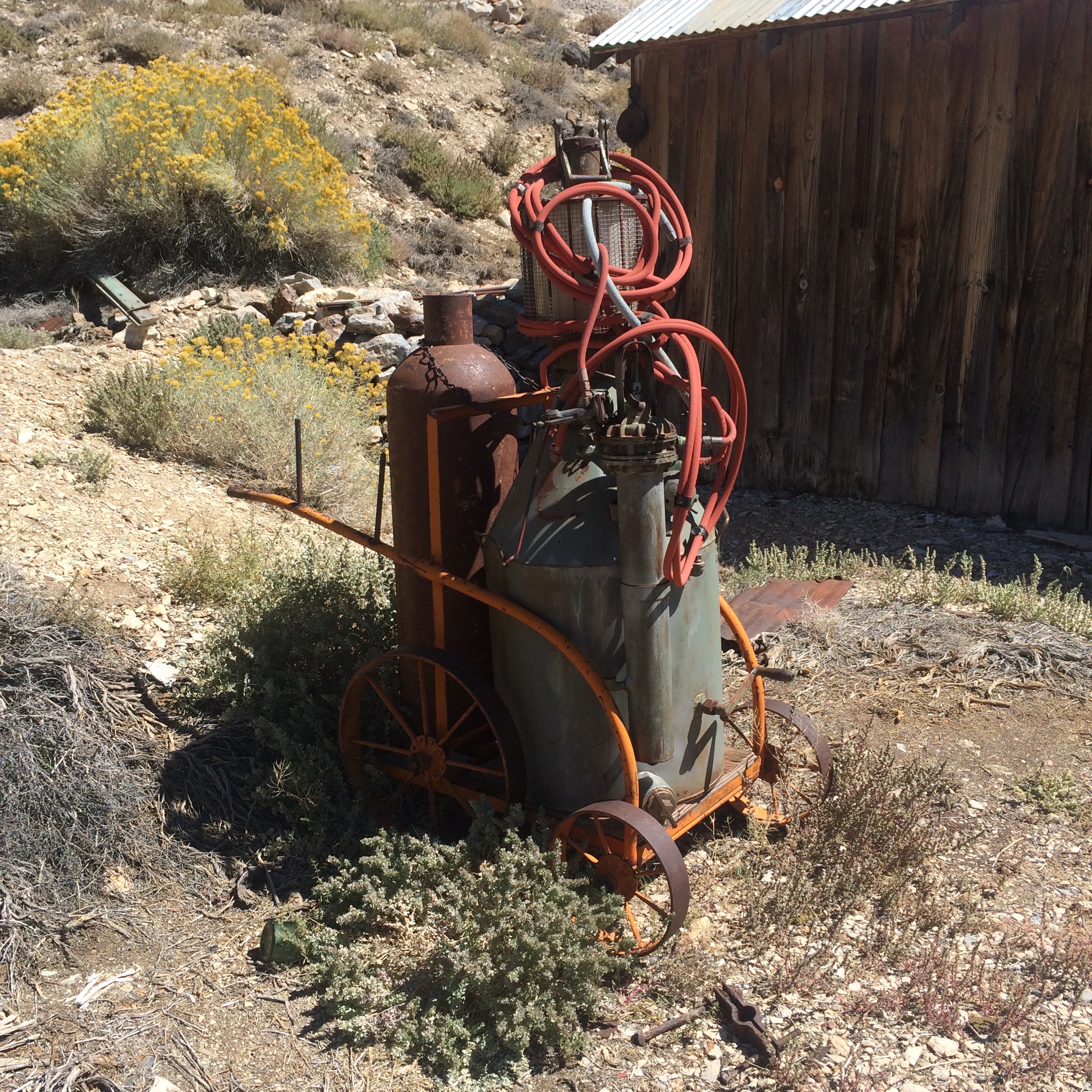
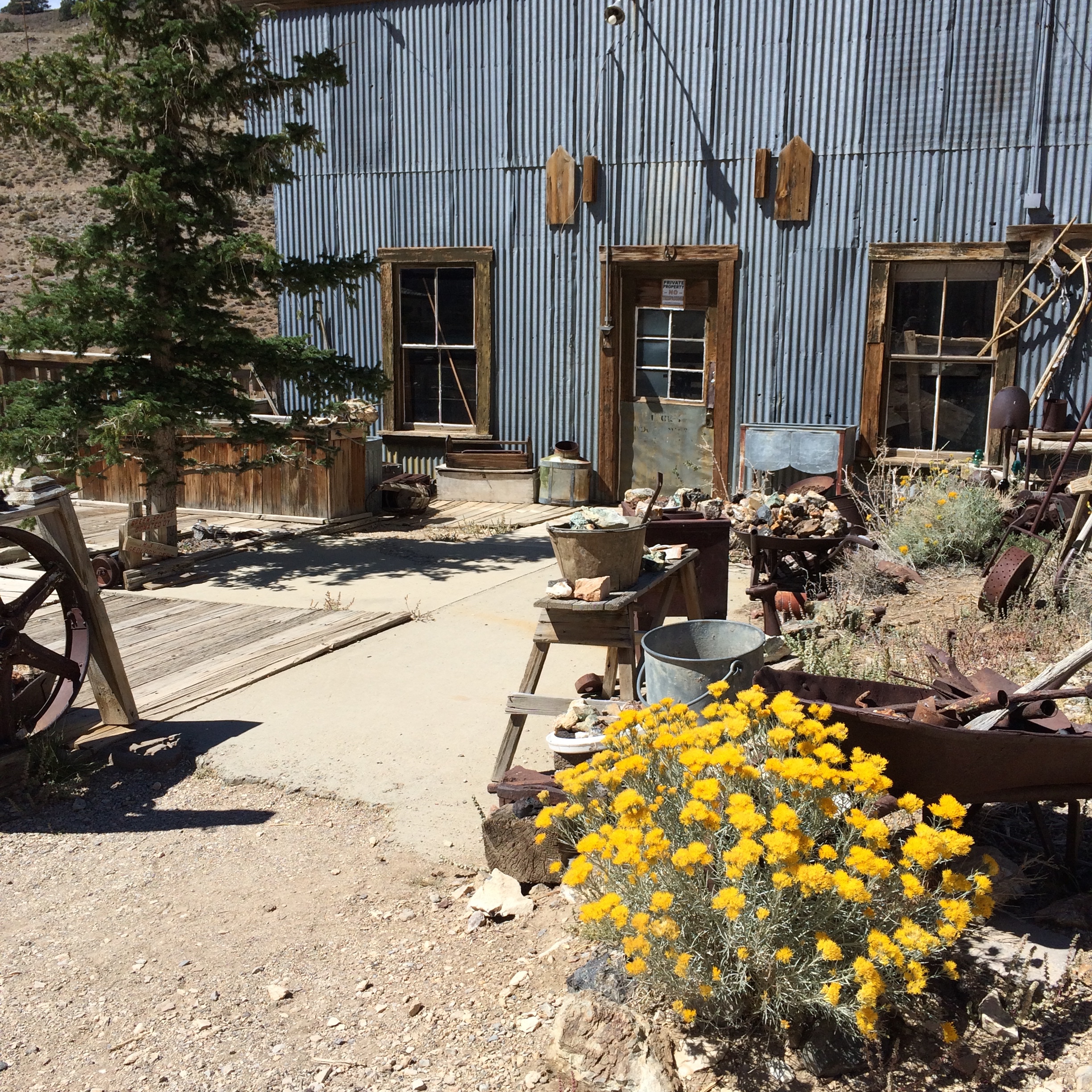
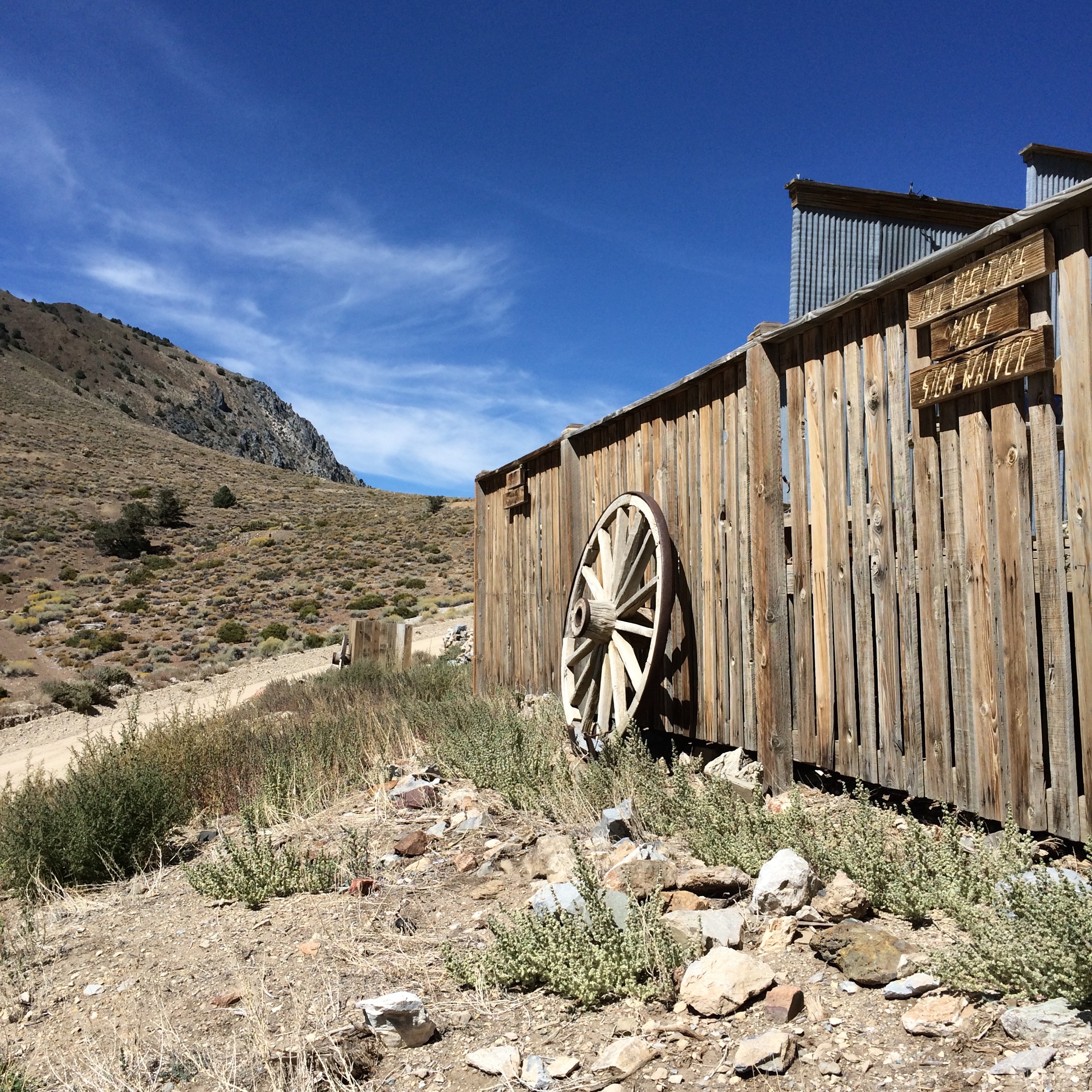
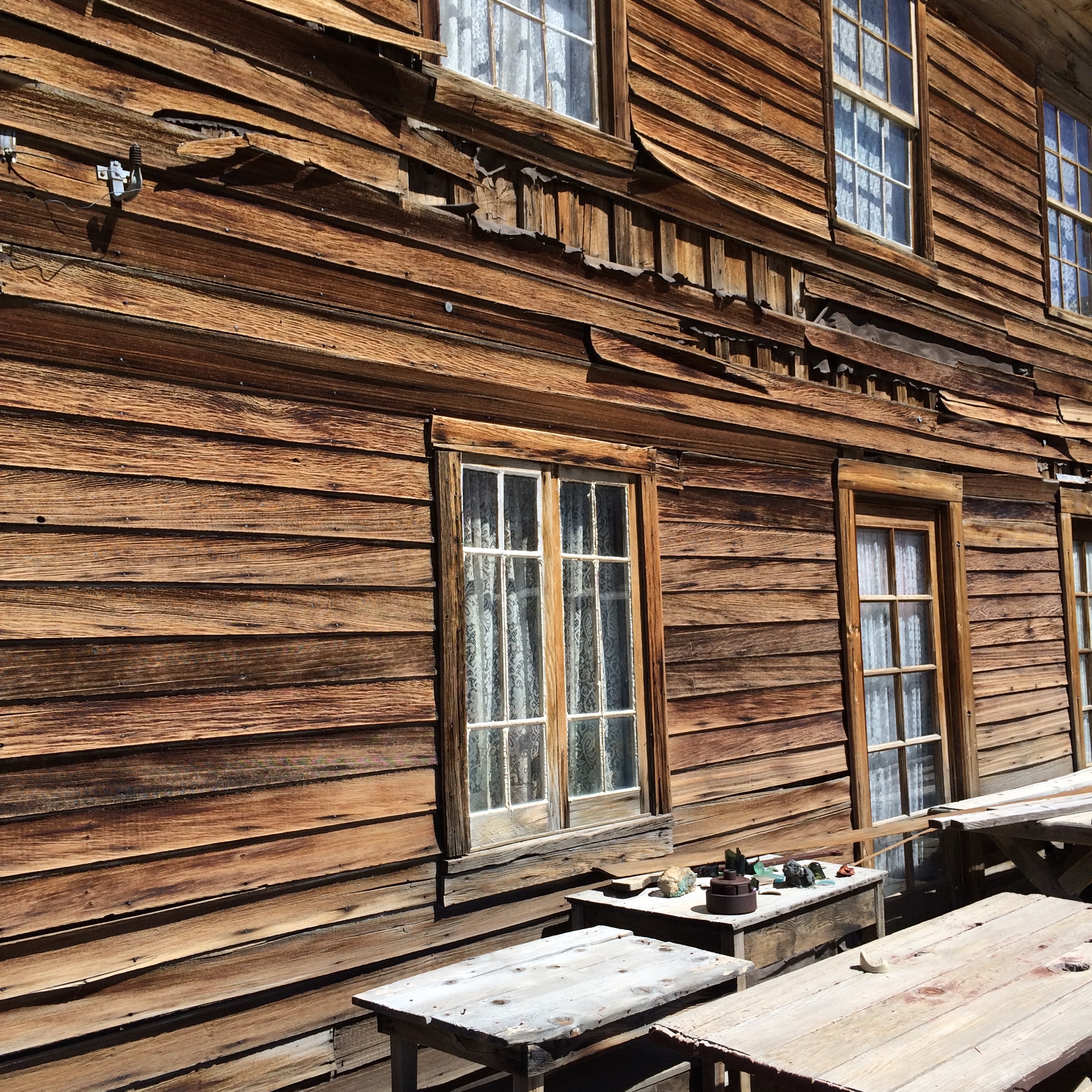
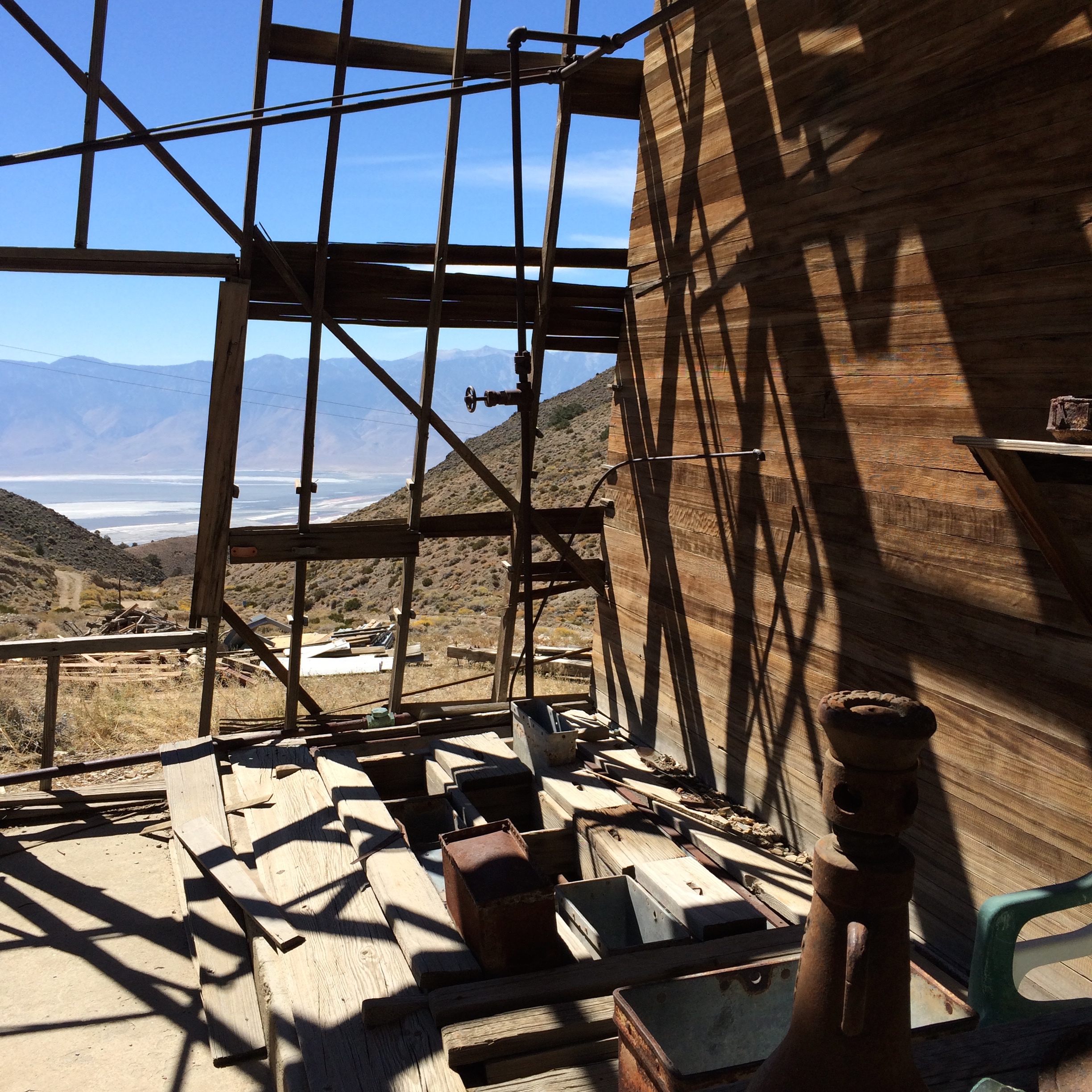
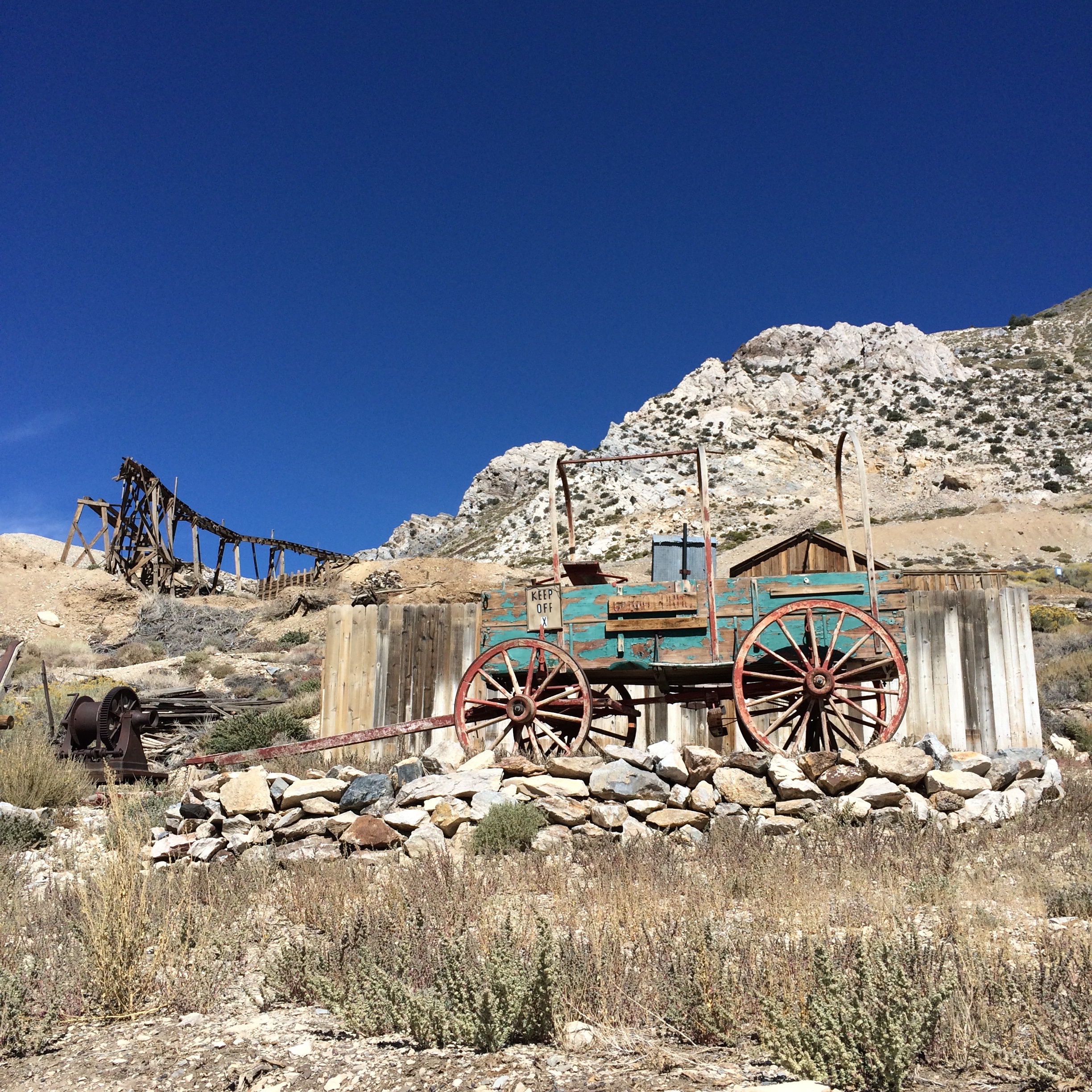
Inside the Hotel
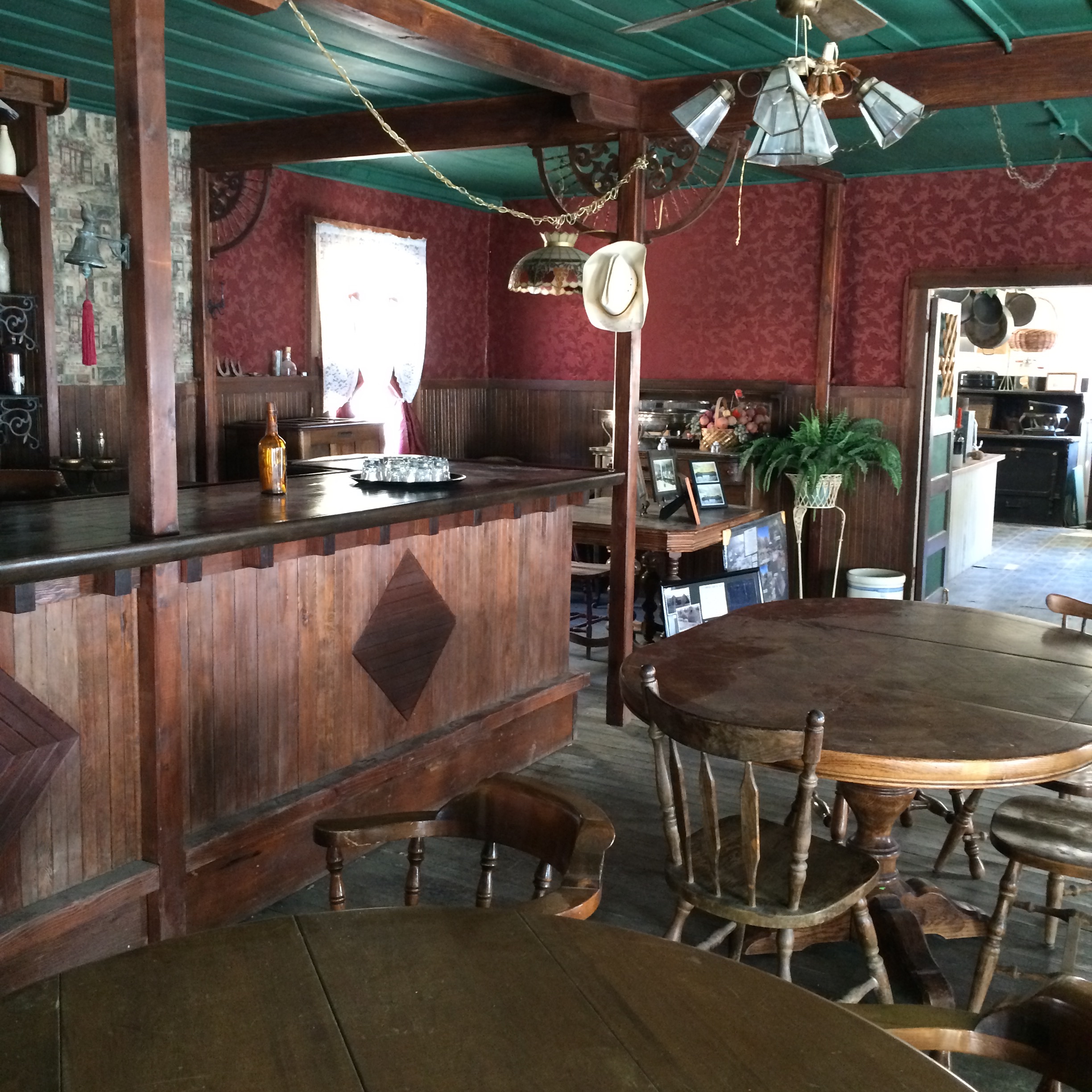
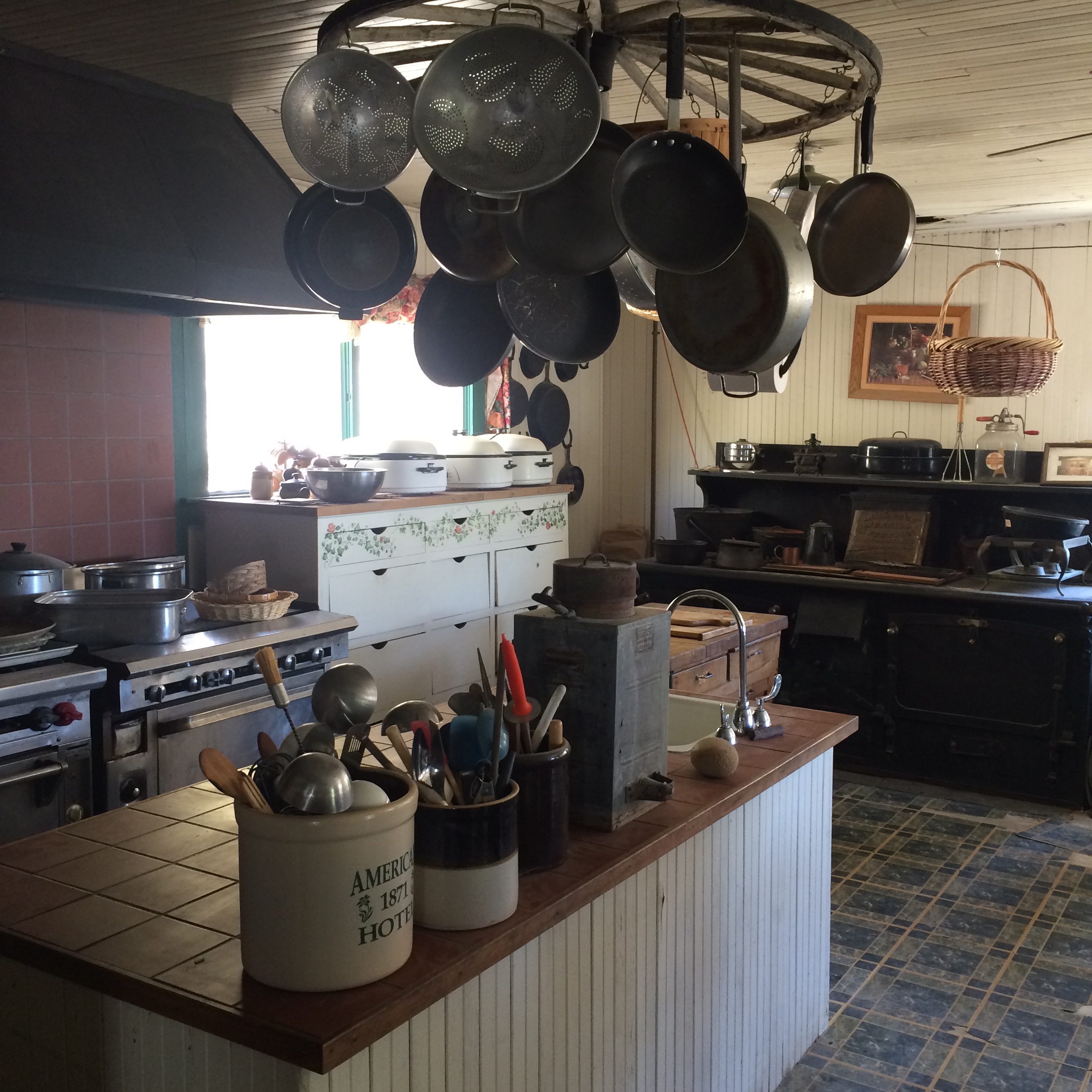
Incide the buildings
